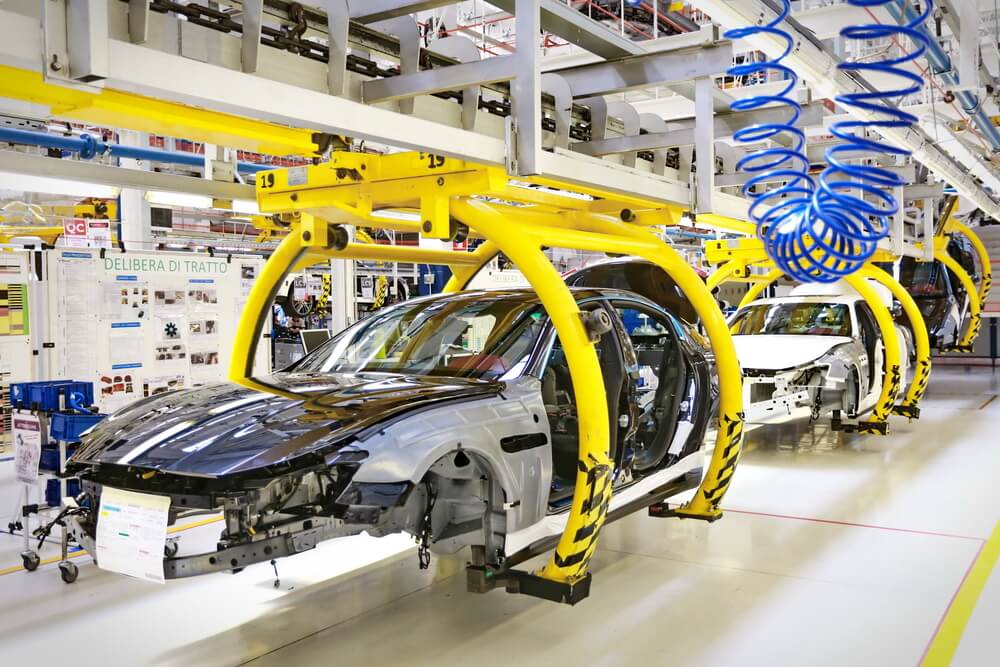Unveiling the Hazards Understanding the Classification of Automotive Batteries

Automotive batteries play a crucial role in powering vehicles, unveiling the hazards providing the necessary electricity to start the engine and fuel various electrical systems. However, these batteries are not without their hazards. It is essential to understand the classification of automotive batteries to effectively handle, transport, and dispose of them. The classification system is designed to identify the potential risks associated with different types of batteries, such as lead-acid, lithium-ion, or nickel-metal hydride. By unveiling the hazards and understanding the classification of automotive batteries, we can ensure the safety of both individuals and the environment.
Unveiling the Hazards Understanding the Classification of Automotive Batteries
Contents
Automotive batteries are an essential component of vehicles, providing the electrical power necessary to start engines and power various systems. However, it’s crucial to understand that these batteries can pose hazards if mishandled or disposed of improperly. To ensure safety and environmental responsibility, automotive batteries are classified based on their chemistry and composition. Let’s delve into the classifications and the hazards associated with automotive batteries.
Lead-acid Batteries
Lead-acid batteries are the most common type used in automobiles. They consist of lead plates submerged in an electrolyte solution of sulfuric acid. These batteries are known for their ability to deliver high current in a short period, making them ideal for starting engines. However, they contain hazardous materials and can be dangerous if not handled correctly.
One of the primary hazards of lead-acid batteries is the risk of acid spills. Sulfuric acid is highly corrosive and can cause severe burns if it comes into contact with the skin or eyes. Additionally, lead is a toxic heavy metal that can cause serious health issues if ingested or inhaled. Therefore, it’s essential to wear protective gear, such as gloves and goggles, when handling lead-acid batteries.
Nickel-metal Hydride (NiMH) Batteries
NiMH batteries are commonly used in hybrid and electric vehicles. They contain a combination of nickel, metal hydride, and potassium hydroxide electrolyte. While these batteries have a higher energy density than lead-acid batteries, they also come with their own hazards.
One significant risk associated with NiMH batteries is the potential for thermal runaway. Thermal runaway occurs when the battery overheats and can lead to a rapid increase in temperature, potentially causing a fire or explosion. Furthermore, NiMH batteries may contain toxic materials such as nickel and potassium hydroxide, which can be harmful if released into the environment.
Lithium-ion (Li-ion) Batteries
Li-ion batteries are becoming increasingly popular in electric and hybrid vehicles due to their high energy density and lightweight properties. These batteries consist of lithium salts, an electrolyte solution, and a combination of cobalt, nickel, and manganese in the cathode. Despite their advantages, Li-ion batteries also carry certain risks.
The primary hazard associated with Li-ion batteries is the potential for thermal runaway. This can occur due to internal or external factors, such as overcharging, physical damage, or exposure to high temperatures. When a Li-ion battery experiences thermal runaway, it can release flammable and toxic gases, leading to fires or explosions.
Additionally, the materials used in Li-ion batteries, such as cobalt and nickel, can have negative environmental impacts if not properly managed during disposal or recycling.
Safety Measures and Proper Disposal
To mitigate the hazards associated with automotive batteries, it’s crucial to follow safety measures and dispose of them properly. When handling batteries, always wear appropriate protective gear and avoid contact with the electrolyte or any leaked contents. Additionally, ensure batteries are stored in a cool and dry place away from flammable materials.
When it comes to disposal, it’s essential to recycle automotive batteries rather than throwing them in regular waste. Most automotive service centers, battery retailers, and recycling centers accept used batteries for proper recycling. Recycling not only helps prevent hazardous materials from polluting the environment but also allows valuable components to be recovered and reused.
Understanding the classification of automotive batteries is crucial for ensuring safety and environmental responsibility. Lead-acid, NiMH, and Li-ion batteries, while offering different advantages, all come with their own set of hazards. By following safety measures and properly disposing of automotive batteries, we can ensure the longevity and sustainability of our vehicles and protect our environment.



